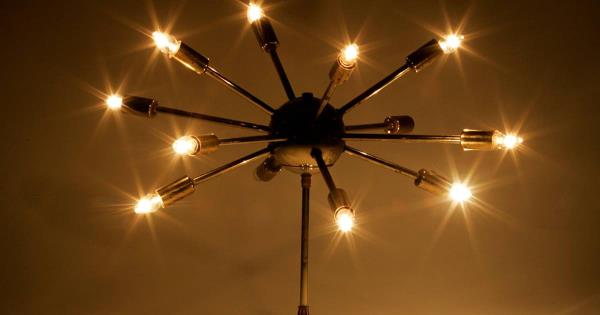
At the same time, the development of groundbreaking materials hastened during World War II, introducing designers to fiberglass and plastic, which would remake material culture. These furniture pieces, a subset of midcentury pieces, were inspired by the forward-thinking, synthetic material heyday of the Space Race. They gave birth to sleek furnishings that looked like they belonged to another world altogether.
When it comes to Space Age design staples, which ones do you know? Living Spaces combed design history to compile a list of nine essential midcentury furniture pieces bolstered by the Space Race, from Ball chairs to Sputnik lamps.
Visit thestacker.com for similar lists and stories.
" src="http://www.pengsiai.com/file/upload/202311/04/165852541.jpg">



The pieces were designed for Knoll in 1957 as part of Saarinen's Pedestal collection. Stanley Kubrick's iconic 1968 sci-fi film, "2001: A Space Odyssey," featured a Tulip-style table.
" src="http://www.pengsiai.com/file/upload/202311/04/165852971.jpg">
Also pictured is Italian designer Gino Sarfatti's Moon lamp, made with a translucent plastic dome with several microbulbs inside that echo lunar craters. Sarfatti designed the product in 1969, which also happens to be the year humankind first landed on the moon.
" src="http://www.pengsiai.com/file/upload/202311/04/165852271.jpg">
ncept became so popular that it merited a Vogue family photograph in 1970.
A vintage ad for one of the designer's inflatable pieces boasted it "will float you into the comforts of 'tomorrow'" and that it was as "modern as a stroll on the moon."
Story editing by Carren Jao. Copy editing by Kristen Wegrzyn.
This story originally appeared on Living Spaces and was produced and
distributed in partnership with Stacker Studio.
" src="http://www.pengsiai.com/file/upload/202311/04/165852811.jpg">出版:2023年11月3日下午12:15


